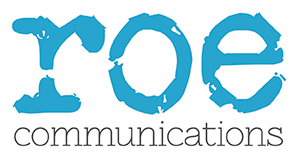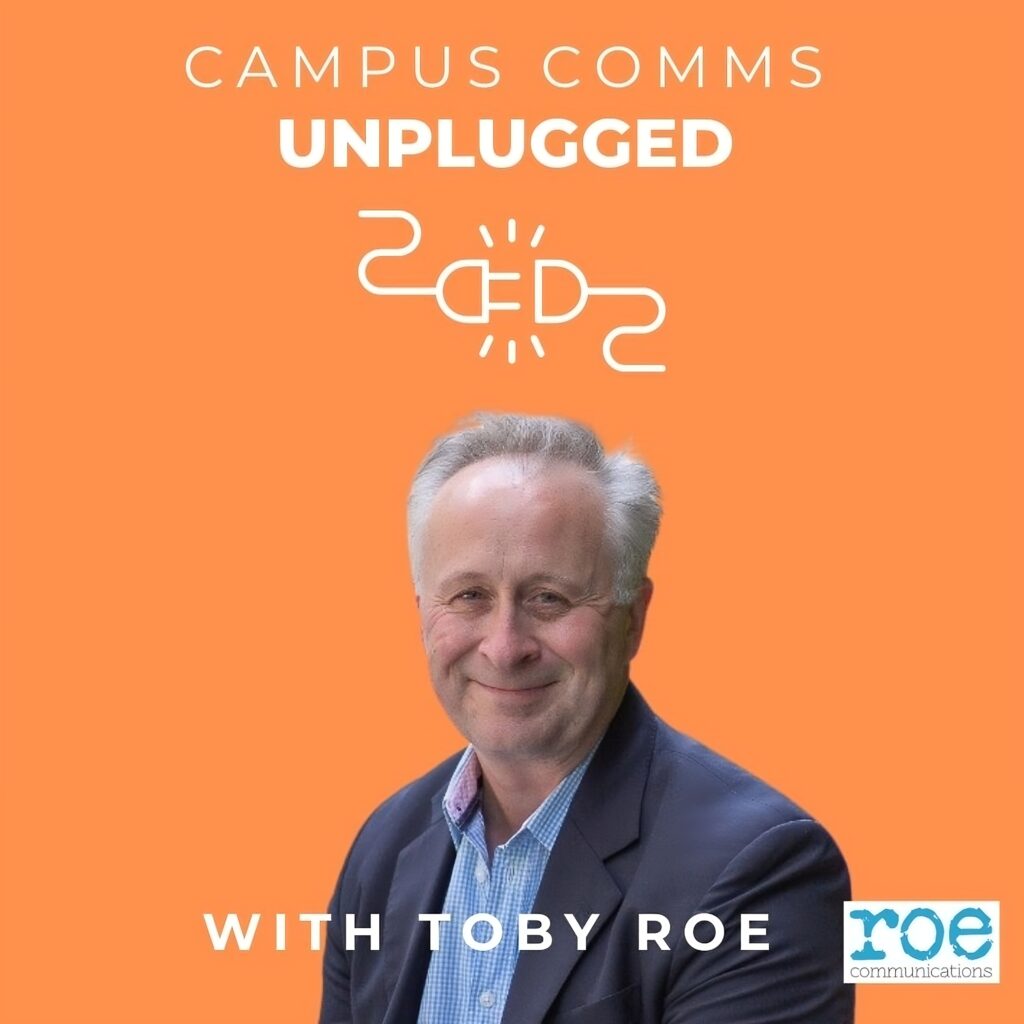A strong PR toolkit is vital for getting your business school into the media.
Imagine the scene
A business school communications department gets an email. The Financial Times wants to speak to one of their specialist Masters students for an interview this week.
The communications manager springs into action. They ring the alumni team, only to find that the person they need to speak to is on annual leave. So they email the programme team, who are more helpful but insist on contacting people first.
A day later, they find an alumnus who is happy to talk to the reporter this week. The communications manager calls the journalist, who apologises. They have already found someone else.
The alternative
The good news is that it doesn’t have to be like this.
Let us imagine an alternative scenario – with you as the communications manager.
Within minutes of the enquiry coming in, you open a file of case studies from your PR tookit.
You can get hold of them within a few hours, and they agree to do the interview, with some guidance from you.
The journalist is happy – and you are looking forward to seeing a positive article about your school.
The bottom line
When journalists are under pressure to meet a deadline, they are unlikely to wait for you to provide them with information. Especially when they’ve got 20 other business schools in their address book.
Deadlines are even tighter for broadcast media.
There are exceptions. If they are researching a feature article, then a journalist is likely to give you a few days, rather than a few hours, to respond.
Whatever the opportunity, business schools that have a PR toolkit:
- Become seen as a reliable source for journalists
- Save time because they aren’t running around at the last minute looking for things
- Ultimately, get consistent media coverage.
Your PR toolkit
If you are embarking on PR for the first time, you should aim to have the following in your PR toolkit:
1. An alumni/student case study library
Interviewees bring a story to life and make it more relatable to readers. Journalists often want to speak to current students or alumni. It’s also a great way for schools to showcase their student experience.
But getting hold of people at short notice can be tricky. Often, alumni are senior leaders with busy diaries. Some have to involve their PR departments. Students are in and out of lectures and have heavy work timetables.
Make it easier on yourself by creating a library of case studies that you can have up your sleeve. Try to include people with interesting life stories. For instance, a professional opera singer-turned MBA, or an Olympic athlete starting a business.
The most important thing is that they can articulate the impact of your programme on them and their career.
Click HERE for more advice on what makes a good case study.
2. Ready-to-go spokespeople
When you engage with the media for the first time, you need to allocate some spokespeople.
These could be on several levels.
You probably want someone from the senior team (e.g. the Dean). They would talk broadly about the business education market, and wider business trends. We would recommend having someone from your major programmes (e.g. MBA Director), who can talk specifically about what’s going on in that section of the school.
You might want someone who can talk specifically about graduate careers or important boardroom issues such as sustainability or digital transformation. And then there’s your faculty, that can be put forward as experts on breaking news stories, or for longer articles and blogs.
When you are choosing your spokespeople, assess not just their mastery of their subject matter, but their charisma and approachability.
It’s always a good idea to invest in media training. And to develop biographies that you can ping over to a journalist in a matter of moments.
3. Great photography
A striking photograph can make or break your chances of being covered in an article or news story.
While many business schools are good at taking ‘corporate’ photographs for their brochures or websites, not all are good at taking press-worthy photos.
A good PR photo tells a story. It needs to bring together the important elements of your narrative AND grab people’s attention so that they want to know more. It’s always good to think about props, get people in action, or pick an arresting background. And remember that whilst you need people in your shots, large groups don’t usually make good photos.
Images should always be in colour (JPEG format) and have a good resolution (at least 300dpi). It’s also preferable to get a selection of portrait and landscape shots. This applies especially to headshots – no grainy holiday shots here, please!
Invest in a good photographer and spend time briefing them to get the best shots.
4. Facts and figures
If you want to be in the business education press (for instance, the Financial Times), you need to know where your school is on key measures. This is particularly relevant for large annual business school reports, such as the FT’s MBA supplement.
While you don’t want to create work for the sake of it, some key facts to have to hand are:
- Key milestones e.g. when you were founded, key donations, dates of important launches e.g. new entrepreneurship centre, new campus;
- How many students you have across programmes and any increases/decreases;
- Number of nationalities you cater to and from how many countries;
- Your male/female student and staff mix;
- Your sustainability performance as a school (e.g. what measures do you take to reduce carbon emissions);
- Career outcomes for students;
- How you are helping your local community (e.g. voluntary and charitable projects, key partnerships with regional economic bodies);
- The names of well-known alumni and executive education clients.
The good news is that many schools already gather this information for certifications or frameworks. You can use this information to create fact sheets and update them regularly.
5. Social media links
One of the great things about getting positive press coverage is that you can amplify it on social media. This increases engagement for your channels and increases links back to your website. It can be highly effective, especially if your story involves a well-connected member of alumni.
Ahead of any press activity, think about all of the stakeholders involved. Ask them in advance if they would be happy to share any press coverage. Make sure that you have any relevant hashtags, social profiles and/or links and any key messages in your PR toolkit.
Think ahead
Getting into media relations for the first time can feel daunting. But by anticipating what you need, and developing a ready-to-go PR toolkit, you will quickly find it easier to build relationships with journalists and get press coverage.
If you are thinking about getting media coverage for the first time, we can help. Click HERE for some more insights.


